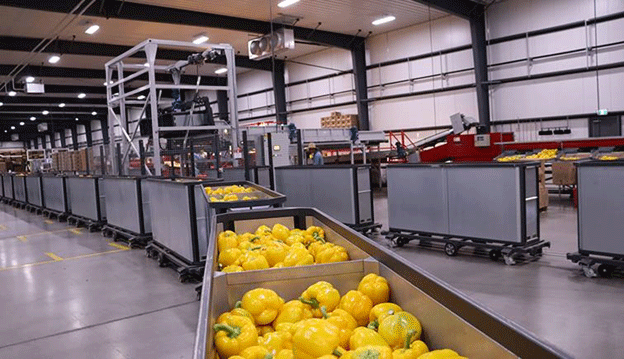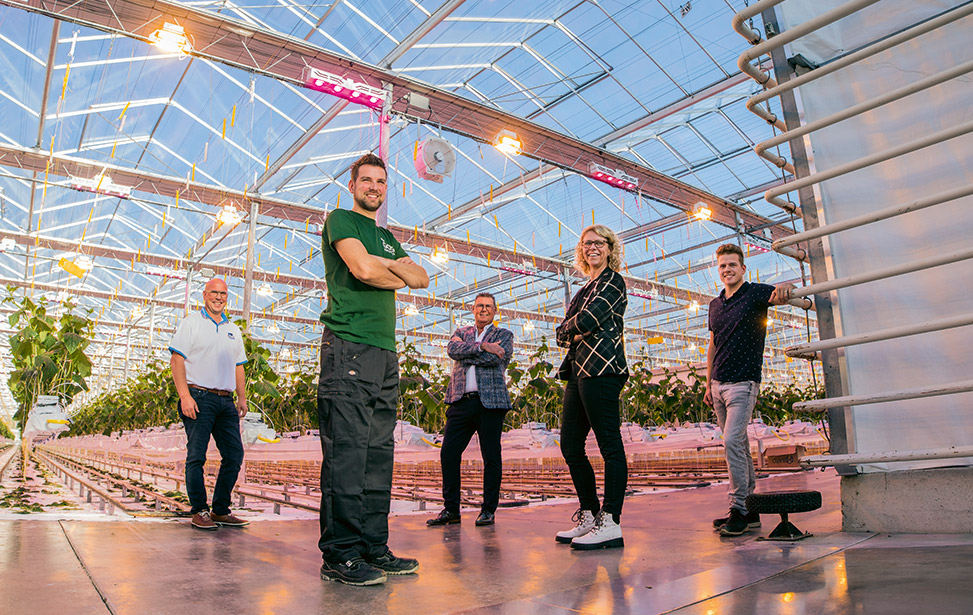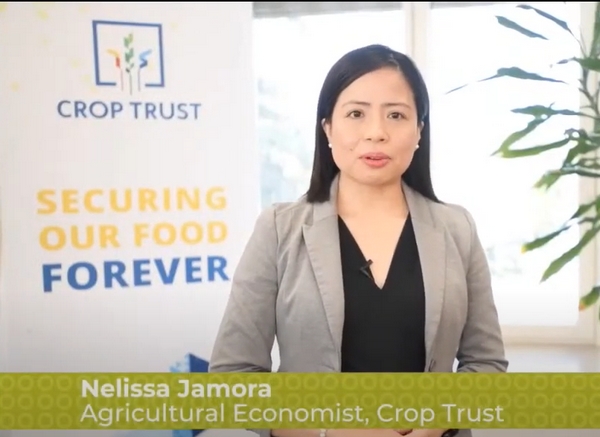As Canada’s greenhouse sector continues to thrive, the focus now shifts to how it can sustain its success and expand into new opportunities. The sector’s impressive growth in productivity and value offers a strong foundation, but to maintain this momentum through 2035 and beyond, a comprehensive strategy addressing various challenges and opportunities is essential. This article delves into what Canadian greenhouses need to foster future growth and ensure long-term sustainability.
Energy: Navigating the Greenhouse Trilemma
Current Landscape: Natural gas remains the dominant energy source for Canadian greenhouses, but its continued use poses challenges for meeting Canada’s GHG reduction targets. To address this, there is a growing emphasis on alternative energy sources such as Renewable Natural Gas (RNG), electric heat pumps, and hydrogen.
Recent Developments: RNG, though only 0.36% of Canada’s natural gas distribution, has the potential to significantly reduce carbon emissions from greenhouse operations. In Ontario, RNG is about five times more expensive than natural gas but can halve the carbon intensity of energy use depending on the feedstock used (Canadian Renewable Energy Association, 2023). Electric heat pumps are also a promising alternative, with ongoing efforts to improve their efficiency and reduce costs (Canadian Green Building Council, 2023). As of 2022, GHGs from public electricity production have decreased by 56% from 2005 levels, though the carbon intensity of electricity varies greatly by province, highlighting the need for regional strategies (Environment and Climate Change Canada, 2023).
Future Directions: Greenhouses must adopt energy-efficient technologies and advocate for policies that support the transition to cleaner energy sources. Increased investment in RNG production and the expansion of electric heat pump systems are critical for achieving long-term sustainability (Clean Energy Canada, 2023).
Waste: Designing Circular and Low-Carbon Systems
Current Landscape: Greenhouse operations generate significant amounts of biowaste, which, if managed effectively, could be used as feedstock for RNG production. However, biosecurity concerns and contamination with non-organic materials often lead to biowaste being sent to landfills.
Recent Developments: The Ridge Landfill RNG project in Chatham-Kent is a prime example of how biowaste can be converted into energy, with expected reductions of 110,000 CO2-equivalent tonnes per year (Enbridge Gas, 2023). Additionally, there is a push towards developing biodigester hubs that collect biowaste from various agricultural sources, creating a more consistent and sustainable supply of feedstock for RNG production (Canadian Waste Management Journal, 2023).
Future Directions: Establishing circular waste management systems and supporting infrastructure for RNG production are essential for reducing greenhouse gas emissions and creating new revenue streams for greenhouse operators (Agricultural Waste Management Review, 2023).
Land: Increasing Productivity on Limited Space
Current Landscape: Land costs and competition for space are intensifying, especially in densely populated areas like the Windsor and Montreal Corridor. Canadian greenhouses excel in productivity per acre, but maintaining this lead requires ongoing innovation.
Recent Developments: Innovations such as vertical farming, advanced hydroponics, and integrated pest management are being explored to boost yields and optimize land use (Journal of Urban Agriculture, 2023). The federal Sustainable Agriculture Strategy will play a key role in supporting these advancements through targeted policies and incentives (Agriculture and Agri-Food Canada, 2023).
Future Directions: Continued investment in technology and research to enhance land use efficiency is crucial for sustaining the greenhouse sector’s growth and productivity (Canadian Agricultural Policy Review, 2023).
Water: Conserving a Precious Resource
Current Landscape: Water scarcity is becoming a pressing issue for greenhouse operators, with new municipal development charges highlighting the need for efficient water use.
Recent Developments: Advanced irrigation systems, water recycling techniques, and the development of rural infrastructure are essential for managing water resources effectively (Water Canada, 2023). Aligning municipal and provincial water management strategies will support the sector’s future needs (Canadian Water Resources Association, 2023).
Future Directions: Greenhouses must invest in water-efficient technologies and advocate for policies that support sustainable water management practices (Rural Infrastructure Development Journal, 2023).
Light: Balancing Greenhouse Operations with Community Well-Being
Current Landscape: Greenhouse operations often involve 24/7 lighting, which can be a nuisance to rural residents.
Recent Developments: Municipalities, such as those in Leamington, have implemented regulations to mitigate light pollution through measures like light curtains and reduced nighttime lighting (Municipal Greenhouse Policy, 2023).
Future Directions: Greenhouse operators need to adhere to local regulations and consider community impacts as they plan for expansion and modernization (Rural Community Relations Review, 2023).
Skills: Attracting a New Generation of Agricultural Professionals
Current Landscape: There is a significant labor shortage in the agriculture sector, exacerbated by challenges in attracting skilled workers and retaining talent.
Recent Developments: The sector must rebrand itself to appeal to a diverse and tech-savvy workforce. Initiatives to promote agriculture as a high-tech, impactful career option are crucial for addressing future labor shortages (Canadian Agricultural Workforce Survey, 2023).
Future Directions: Strategic efforts to enhance the sector’s appeal and expand educational pathways for skilled agricultural professionals are necessary for long-term success (Agricultural Education and Training Journal, 2023).
Regulation and Policy: Modernizing for Global Competitiveness
Current Landscape: Canada’s greenhouse sector faces regulatory challenges that hinder its global competitiveness.
Recent Developments: There is a growing call to modernize policies and regulations to support the development of Controlled Environment Agriculture (CEA) and enhance Canada’s position as a global leader (Canadian Environmental Policy Review, 2023).
Future Directions: Reforming regulations and fostering a supportive policy environment will be essential for maintaining and expanding Canada’s greenhouse sector (Agricultural Policy Innovation Network, 2023).
Market Development: Creating a Blueprint for Export Growth
Current Landscape: Expanding into new markets, particularly in the U.S. Midwest, presents a significant opportunity for Canadian greenhouses.
Recent Developments: A strategic blueprint for expanding greenhouse fruit and vegetable exports, including trade missions and market research, is being developed to tap into new opportunities (Canadian Export Development Agency, 2023).
Future Directions: Building relationships with international partners and developing a robust export strategy will be key for expanding market presence and increasing revenue (International Trade and Market Expansion Report, 2023).
Trade: Developing a Made-in-Canada Carbon Calculator
Current Landscape: Understanding and managing the carbon intensity of greenhouse production is essential for meeting climate goals and market demands.
Recent Developments: The development of a user-friendly carbon intensity calculator for Canadian greenhouses is a priority for enhancing sustainability and market competitiveness (Canadian Climate Policy Institute, 2023).
Future Directions: Investing in tools and frameworks for measuring and reducing carbon footprints will support the sector’s environmental goals and improve market positioning (Climate Action and Sustainability Research, 2023).
Research: Coordinating and Scaling Innovations
Current Landscape: Fragmented research efforts limit the sector’s ability to advance innovations in greenhouse technology and practices.
Recent Developments: There is a push to establish a cohesive research framework that aligns industry needs with academic research, focusing on automation, genetics, and Net Zero goals (Canadian Agricultural Research Network, 2023).
Future Directions: A unified research agenda with clear priorities and funding will drive innovation and support the sector’s growth (Agricultural Innovation Coordination Forum, 2023).
Canada’s greenhouse sector is poised for continued success, but sustaining and expanding this growth requires a multifaceted approach. By addressing challenges related to energy, waste, land use, water conservation, community impact, skills development, policy modernization, market expansion, carbon management, and research coordination, Canadian greenhouses can ensure their future as a leader in global agriculture. Strategic investments, innovative technologies, and collaborative efforts will be essential for achieving the sector’s long-term goals and sustaining its growth through 2035 and beyond.












